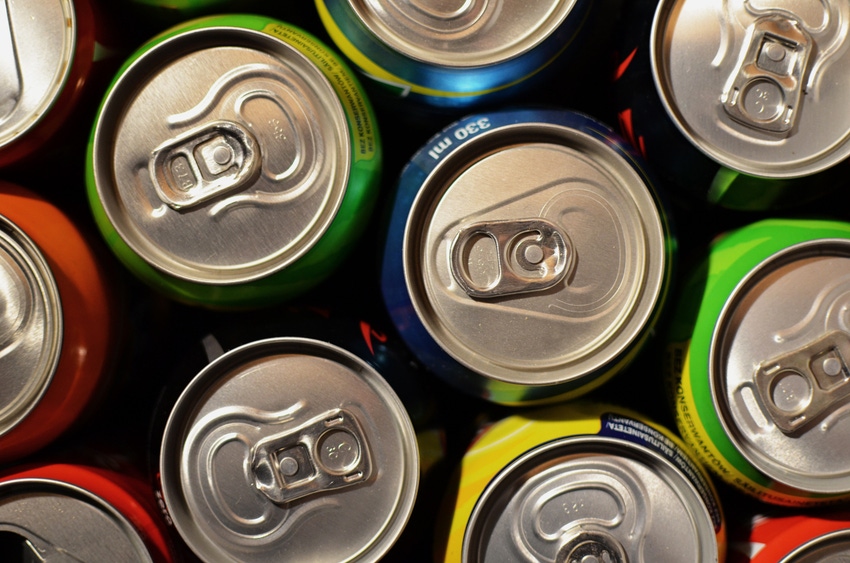Recycling programs and the curious case of inconsistent language
July 13, 2016

Recycling programs do their best to communicate the items they want to collect. They should do better.
That’s one of many conclusions we’ve drawn from our soon-to-be-released Centralized Study on Availability of Recycling. The study examined recycling programs in more than 2,000 communities across the United States andgathered a yes/no for the acceptance of nearly 50 types of packaging and containers. For many of the packaging types studied, that yes/no determination is straightforward. For many other types of packaging, however, it is not.
This is something that can, and must, be improved.
This type of national study of recycling programs can be conducted from two angles. Angle one is behind the scenes, learning from program administrators which items the program intends to collect. Angle two is from the eye of the public, examining the recycling collection instructions and guidance offered by the recycling program and seeking a mention of each item under the “accepted” or “prohibited” headers. Our study used the latter methodology. This data serves to substantiate consumer-facing claims of recyclability, so it’s most important to determine the items that the consumer understands to be accepted in their recycling programs.
Unfortunately, the recycling program instructions offered to consumers are frustratingly inconsistent. The number of phrases that are consistently used across programs can probably be counted on one hand. Newspaper. Phone books. From a strict linguistic standpoint, that’s probably it.
Even an item so ubiquitously accepted as the aluminum beverage can is not referred to with consistent wording. Beverage cans. Aluminum cans. Cans. Metal cans. Food and beverage cans. This example may sound harebrained because the average consumer should, surely, be expected to understand any of these phrases to refer to the aluminum beverage can, but think about how it muddies the waters for aerosol cans.
When a locality says they accept “aluminum cans,” does the consumer understand whether or not aluminum aerosol cans are acceptable? One step further—does the consumer know how to tell the difference between a steel aerosol and an aluminum aerosol? No, they don’t. If they read “food and beverage cans,” does this mean that aerosol cans for whipped cream and cooking spray are acceptable, while other aerosols for other types of products aren’t?
The point to be made here is that programs should be specific. If a program wants aluminum beverage cans but not aerosols, it should say “aluminum beverage cans only.” Or if that program also wants aerosol cans—and we hope this fictitious program would—then it should mention aerosol cans.
Specificity does have a limit. We operate in a world where the recyclability of packaging is much, much more nuanced than its basic material type and format. Fiber structure with polycoat on one side? Fine (probably). Polycoat on both sides? Not so recyclable. PET clamshell? Great. PET clamshell laden with adhesive? Nope.
This level of nuance cannot be conveyed to the general public. It’s tempting to think it should be, but we would be swiftly served with a reality check. For consumers to not be overwhelmed with technical nuance and overloaded with jargon, recycling programs must paint their acceptance guidelines with broad strokes. That’s okay. A lot can be communicated in broad strokes.
But they must strive to hit the right balance, being as specific as possible while also remaining conscious of the consequences of broadly stated acceptance. Some unrecyclable items will be stated as acceptable in the program. Conversely, some perfectly recyclable items will be prohibited. Many will still be plainly ambiguous. The goal is to reduce as much ambiguity as possible without plummeting terribly far in the weeds, and our study findings suggest American recycling programs have a way to go before we approach the right side of this balance.
The end result of our study is what we believe to be the most robust and comprehensive picture of the acceptance of packaging in recycling programs across America. Beside their utility to substantiate thousands, perhaps millions, of recyclability claims, the national acceptance rates calculated from this data will serve as an important baseline from which change can be measured. And the detail of the national figures will give us important insight into the specificity—and ambiguity—of recycling collection guidelines.
Now, if we initiate a concerted effort to unify and harmonize recycling program instructions, we can hope to see a decrease in ambiguity and non-mentions of recyclable packaging and an increase in our confidence of knowing what’s accepted and what’s prohibited. Our industry�’s conversations around improving recycling systems tend to entail things like building new infrastructure, implementing new technologies and developing new infrastructure—all with frightening price tags and seemingly insurmountable obstacles.
The opportunity for improvement ought to be a breath of fresh air. We need to change some words. This can be done now.

Author Adam Gendell is associate director of GreenBlue’s Sustainable Packaging Coalition and is responsible for orchestrating its fall conference, SPC Advance. For more information about the SPC, visit www.sustainablepackaging.org.
About the Author(s)
You May Also Like




